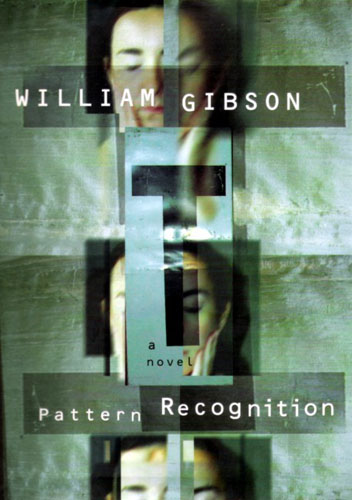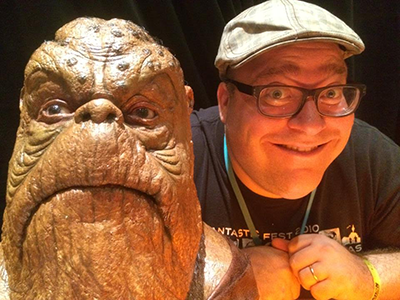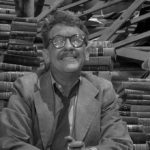
I don’t think Gibson would be offended if I said that Pattern Recognition was an incredibly dated book. It is the essence of 2002. Post 9/11 but pre-Iraq, laptops and WiFi but no YouTube. Definitely no YouTube. If YouTube existed, the entire premise of the MacGuffin would be shot. It is incredible to think that one website can kill the central plot point of a novel….and yet, for this novel, it makes perfect sense.
The book is equal parts techno-thriller and social realism. A “cool hunter” flying first class from London to Tokyo and talking on satellite phones, making astute observations along the way. I could also describe this as Pynchon-lite, or maybe just Pynchon where I get all the references. The basic elements are paranoia, branding and labeling, and the human need to find connection in random-seeming events. And little chestnuts like these (which someone was kind enough to put up on wikipedia):
“The future is there … looking back at us. Trying to make sense of the fiction we will have become. And from where they are, the past behind us will look nothing at all like the past we imagine behind us now. … I only know that the one constant in history is change: The past changes. Our version of the past will interest the future about the extent we’re interested in whatever past the Victorians believed in. It simply won’t seem very relevant.”







